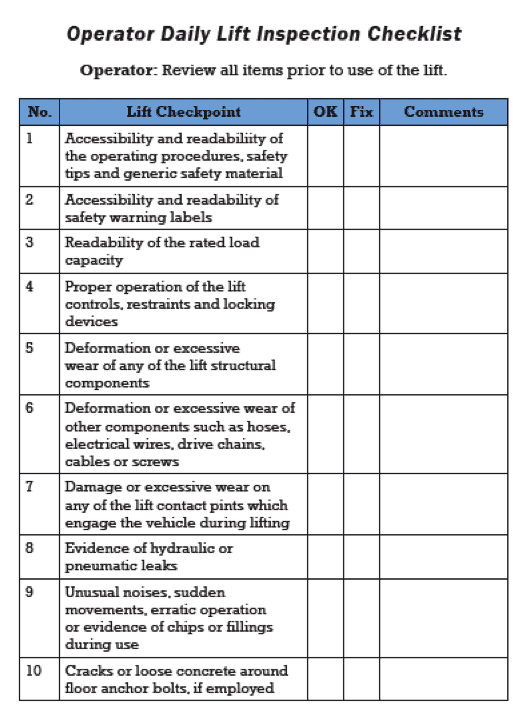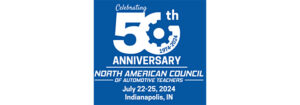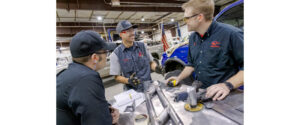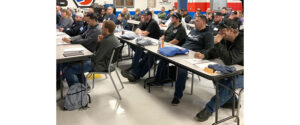Expansion of inspection program largely due to the number of violations discovered
Denver—The Occupational Health and Safety Administration (OSHA) has conducted approximately 500 repair shop and service facility inspections in Colorado during the past five years. Those numbers could potentially rise with OHSA’s recently expanded program.
The OSHA automotive program, which began as a local program out of its Englewood office in 2013, largely served an area of the state south of Hampden Highway 285. It recently expanded, however, according to Michael Graham, president of AutoRisk, an insurance company specializing in the automotive industry.
“Last October, OSHA converted its local program to a regional program, which now includes parts of Wyoming and Montana, in addition to all of Colorado,” he told Aftermarket Matters Weekly.
Graham explained that the expansion was largely due to the number of violations discovered. “The success of the local program warranted OSHA to dedicate more personnel at a regional level. However, Colorado shops are fairly far ahead with OSHA compliance than, for example, Arizona repair facilities, which can be attributed to the success of OSHA’s Colorado program.”
There are three main reasons that OSHA could visit a shop: to investigate a complaint; investigate a fatality or injury resulting in hospitalization; or under a “programmed inspection,” known also as an emphasis program.
The typical average fine is $5,000. OSHA inspectors, who are technically law enforcement agents with badges, will conduct inspections using a video camera to document their findings and interview with management and staff to validate what they’ve been told, often with open-ended questions to determine what kind of safety training they’ve received on equipment.

Grinders, lifts and chemical containers top citations
Grinders are often found to have their guards removed, which is not uncommon, and OSHA gravitates toward those with their video cameras because it’s indisputable photo evidence that it’s out of compliance, Graham said. The most common violations are lifts, grinders and labeling chemicals in temporary storage containers
“My advice is for shops to address the more common citations — the low hanging fruit — because OSHA inspectors will be keyed into those when they visit.”
A safer workplace, Graham argued, can help a shop reach its productions goals by improving shop morale, as well as enhance its marketability in the event it is to be acquired.
Four types of risk management
Risk management is defined as the practice of identifying and analyzing a shop’s exposure to financial loss and taking steps to minimize the bottom-line impact the exposures pose, Graham said.
He outlined four primary types of risk:
• Capital (ROI, lost opportunity, lost revenue)
• Social (Facebook, yelp, Google reviews)
• Regulatory (OSHA, EPA, codes, governmental)
• Operational (building, equipment, personnel)
“Many shops focus heavily on operational, which can be typically insured with insurance programs, and not enough on regulatory risks, though they are not largely insurable because it involves fines and penalties,” Graham said.
Steps in the risk management process
There are primarily four steps in risk management that a shop must walk through to aid in achieving compliance:
1. Identification
2. Assess (impact, importance)
3. Control (avoid, mitigate, transfer/finance)
4. Check/Evaluate/Monitor (change/modify
“You cannot control what you can’t identify. Identifying what your compliance areas are is a shop owner’s first step toward complying with OSHA’s standards and regulations.”
He added that monitoring is critical to sustained success and is best done through employee job descriptions, such as those for a general manager or shop foreman.
“The shop owner needs to be the captain and champion of the project. I’ve seen more success with owners who have made an on-site manager responsible for periodic inspections and monitoring, by setting goals and objectives in their job descriptions.”














Comments are closed.